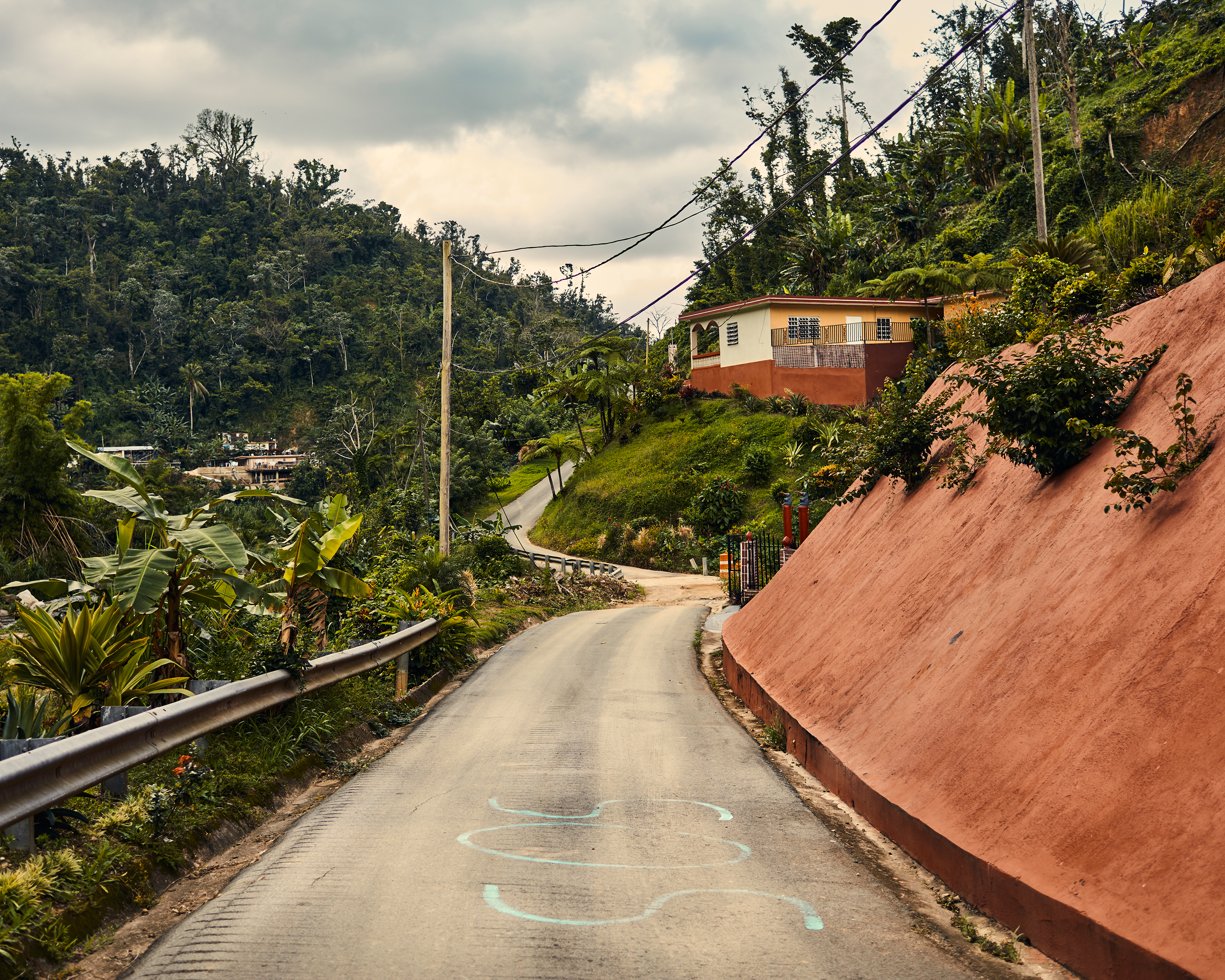The narrow asphalt road known as Puerto Rico Route 123 shadows the Río Grande de Arecibo along its eastern bank, a steep hillside with the ropy emerald lushness of a tropical rain forest and, at dawn on Sept. 20, 2017, a terrifying roar. “It sounded like a monster,” Yolanda Guzmán recalls of Hurricane Maria. “I didn’t think I was going to survive.”
She did, but the 2,975 people whose deaths were tied to the mega-storm would make it—once they were finally tallied—the most lethal U.S. natural disaster in at least a century. As with Florence, which swamped the Carolinas for days, and Typhoon Mangkhut, which scoured the Philippines and Hong Kong, the physical devastation of Puerto Rico was obvious right away. But it would be 11 months before its government produced a credible count of the dead. And when it did, a new storm came with it.
The final number, calculated by experts at George Washington University, was 1,000 beyond the upper estimates for Hurricane Katrina and almost exactly the toll from the attacks on Sept. 11, 2001. It was also 47 times higher than the death count that island officials had offered in the first chaotic weeks after the storm, and haplessly stood by for months. That unlikely tally, just 64, was the number preferred by President Donald Trump, who seemed to regard a low body count as evidence of competence. “3000 people did not die,” the President tweeted on Sept. 13. As airily as he dismissed the global climate change that is making superstorms more frequent and intense, the President dismissed the federal Centers for Disease Control and Prevention guidelines for tallying the deaths the storms leave in their wake.
But in Puerto Rico, there was no debate. Even amid the recriminations over the tardy, checkered federal response to Maria, survivors of the storm have always known it killed far more people than had been counted. The evidence arrived over weeks and months at morgues and funeral homes across the U.S. territory of 3.3 million, including the bend in Route 123 where Yolanda rode out the storm with neighbors whose numbers steadily diminished over the next year.
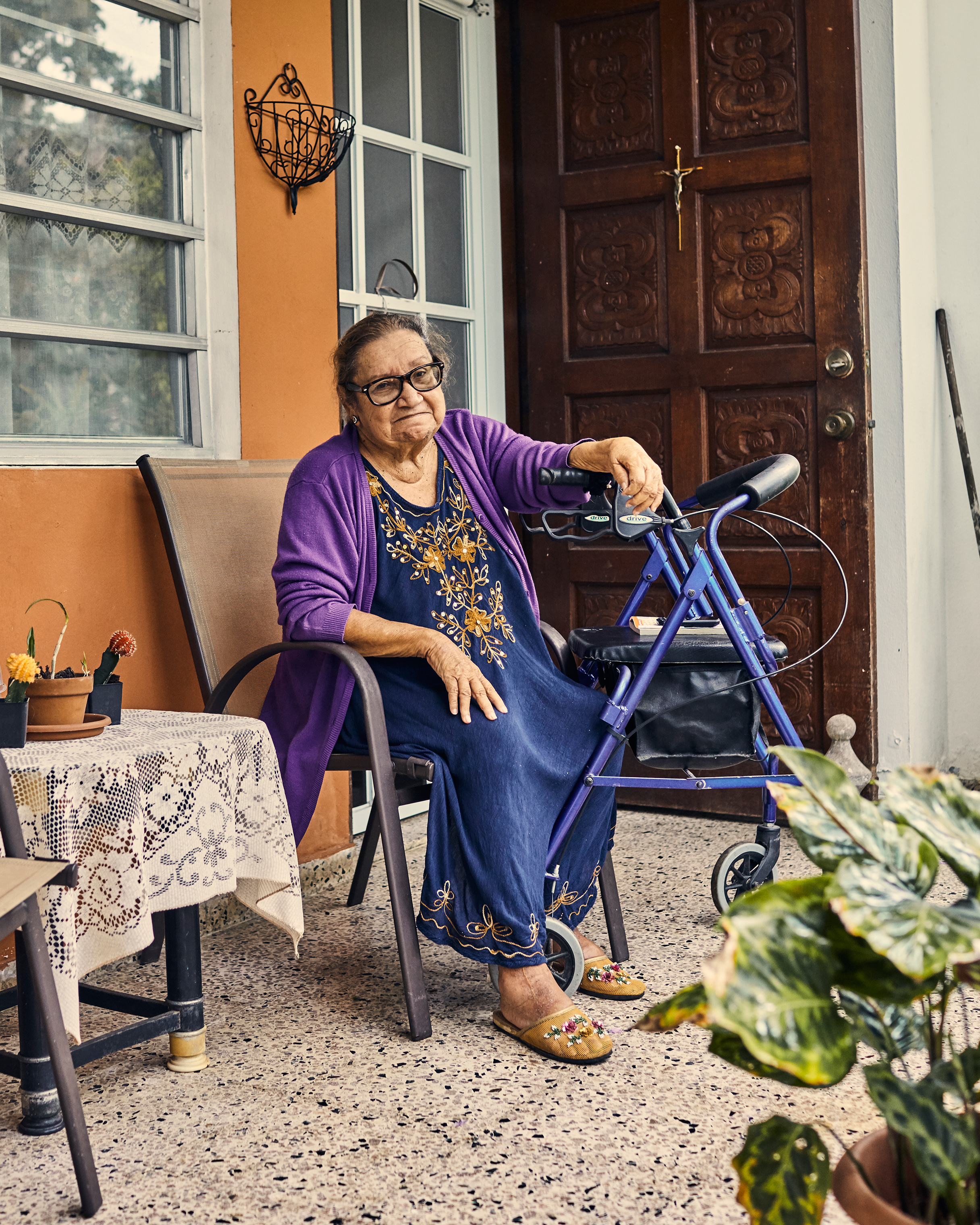
The tidy, largely middle-class homes, about three miles north of the small city of Utuado in Puerto Rico’s central mountains, appeared to weather Maria well. Appearances deceive. One of Yolanda’s neighbors died in her home, where her body remained for a week as her son struggled for sanity. Two other neighbors perished in the next six weeks, succumbing to medical conditions that could not be treated in the months they were without electricity or running water.
That made three deaths in the space of a tenth of a mile. And it nearly became four on the morning—five months after the storm—that Yolanda did not wake up. “The thing is,” says Juan Santiago, son of the only victim counted in the original tally, “a lot of people died after the hurricane, see?”

Everything flowed from that first 24 hours. “It was impressive,” deadpans Carlos Soto, who rode out Maria with his wife and daughter, two doors down from Yolanda, in what began the storm as a two-story home.
How impressive? Of 13,000 “cyclone events” since 1950, the Climate Impact Lab says, only five were more intense than Maria—and all of those were in the Pacific and struck smaller land masses. It took eight hours for Maria to traverse Puerto Rico, moving southeast to northwest with average wind speeds of 123 m.p.h. Utuado, in the center of the island, was also in the center of the storm. When the eye passed over, Carlos dashed outside and up the stairs to retrieve the dogs from his apartment, which no longer had a roof.
The next morning, people ventured outside to a new world. The island had changed color, from leaf green to the gray brown of tree trunks laced black by thrown soil. “It was like they threw a bomb, because everything looked burnt,” says Zenaida Sánchez, 67. Residents waded through pools of leaves. Carlos ran into Juan, who lived across the road with his mother, who had Alzheimer’s. “The hurricane was Wednesday, and Thursday in the morning around 6:30, I said, ‘Mommy, we survived the hurricane. Nothing happened to us, right?’” Juan says. “A half hour later I said, ‘Come and eat your breakfast.’ She said, ‘Ai! Ai! Ai!’ She had a real bad pain in her neck, like by her jaw. She started screaming, ‘I’m going to die! You’re going to be all alone!’”

Her heart failed minutes later. Juan wrapped his mother’s body in a shower curtain, then ventured into the tangle of downed trees and power lines. When he encountered Carlos, he said he wanted to bury her in the yard. He was dissuaded.
A few hours later, visitors began to arrive from the outside. José Luis Sánchez had hiked for three hours over mudslides and downed trees to check on his own 79-year-old mother, who burst into tears at the sight of him, head to toe in mud. During the 35 minutes it took to cover the 300 yards from there to his sister Maribel’s house, he ran into Juan, a friend from childhood.
“I’m going back with you,” Juan told him. “I’m going to go crazy. I’ll kill myself if I stay here.” They reached town after dark, and when Juan told the police about his mother’s death, they questioned him for three hours. “They thought I killed my mother,” he says.

It took a week for earthmoving equipment to clear enough space on Route 123 for a vehicle carrying mortuary workers. They approached the house in white protective suits, then transported the corpse of Carmen Meléndez Aponte to the Institute of Forensic Sciences in San Juan, which sent it right back. She was buried in Utuado on Sept. 29, eight days after she died, the funeral home moving at the express pace that had become routine.
“We were really, really busy,” says Luisa Avilés, an employee at Utuado Memorial, where the workload—three funerals a day, most attended by one or two people—failed to jibe with the government’s account of the storm. The facility handled 24 bodies in the three weeks after Maria. That alone would account for a third of the entire island’s “official” death toll—and there are 77 other municipalities.
The disconnect was one of many that muddied public perception of the catastrophe. When the mainland’s attention finally shifted from weeks in thrall of Harvey and Irma, the hurricanes that had just hit Texas and Florida, it was hard to know what to think. Puerto Rico was clearly devastated. Yet at daily news briefings, Governor Ricardo Rosselló, flanked by FEMA officials, projected control. The capital’s convention center was an air-conditioned beehive of wi-fi, polo-shirted bureaucrats and digital “logistics snapshots.” On Oct. 2 a screen read: Federal Workers on the ground: 13,000. Hospitals Open: 92%.

The next day, Iván Luciano died in one of them. A diabetic, he was taken from his house just below Route 123 to the Utuado hospital after Hurricane Irma, which skirted the island but still knocked out power in parts. When his condition worsened and he needed dialysis, Iván was transferred 20 miles to Arecibo, a city of 90,000, where he was in the ICU. But after Maria, that facility too lost power, and Iván died there Oct. 3, relatives say. In news briefings at the time, commonwealth and FEMA officials singled out dialysis as a service that hospitals were continuing to provide.
“Lies,” says Iván’s sister, Zoraida Luciano Gonzáles, 68. Like 400,000 others on the island, she has diabetes. She requires insulin that must be kept refrigerated, and after losing power in the storm she cooled hers in water from a mountain spring. At the houses on Route 123, neighbors chipped in $2 each to pay a local boy to shuttle ice from town every day. It would be eight months, not until May 2018, before they had power again. Maria imposed the longest blackout in U.S. history, with more than 3.4 billion customer hours lost. That, in turn, produced more deaths.
Two doors up from Yolanda, José Sánchez’s sister, Maribel Sánchez Flores, struggled to breathe. Maribel, 58, was born with spina bifida and suffered from severe asthma, but she’d lived the life she wanted. She taught special education in the vocational high school, built a house of her own and—as a single mother by choice—raised the daughter she had risked her life to have; doctors had warned her the pregnancy could be fatal.
But with her bad lungs, she always left a room where someone was smoking, and now they grew worse after the storm. The air on the island was laden with debris and dust. When cars passed, the particles flew through the windows of her house, which lay slightly below grade. She needed medication from a nebulizer four times a day, and plugged it in at generators at her mother’s house or at Yolanda’s. Her sister, a nurse, pressed Maribel to move in with her in Arecibo. At the end of October, the sister called José to say Maribel was in the hospital. “I had the feeling I would never see her again,” he said. She died on Nov. 1.
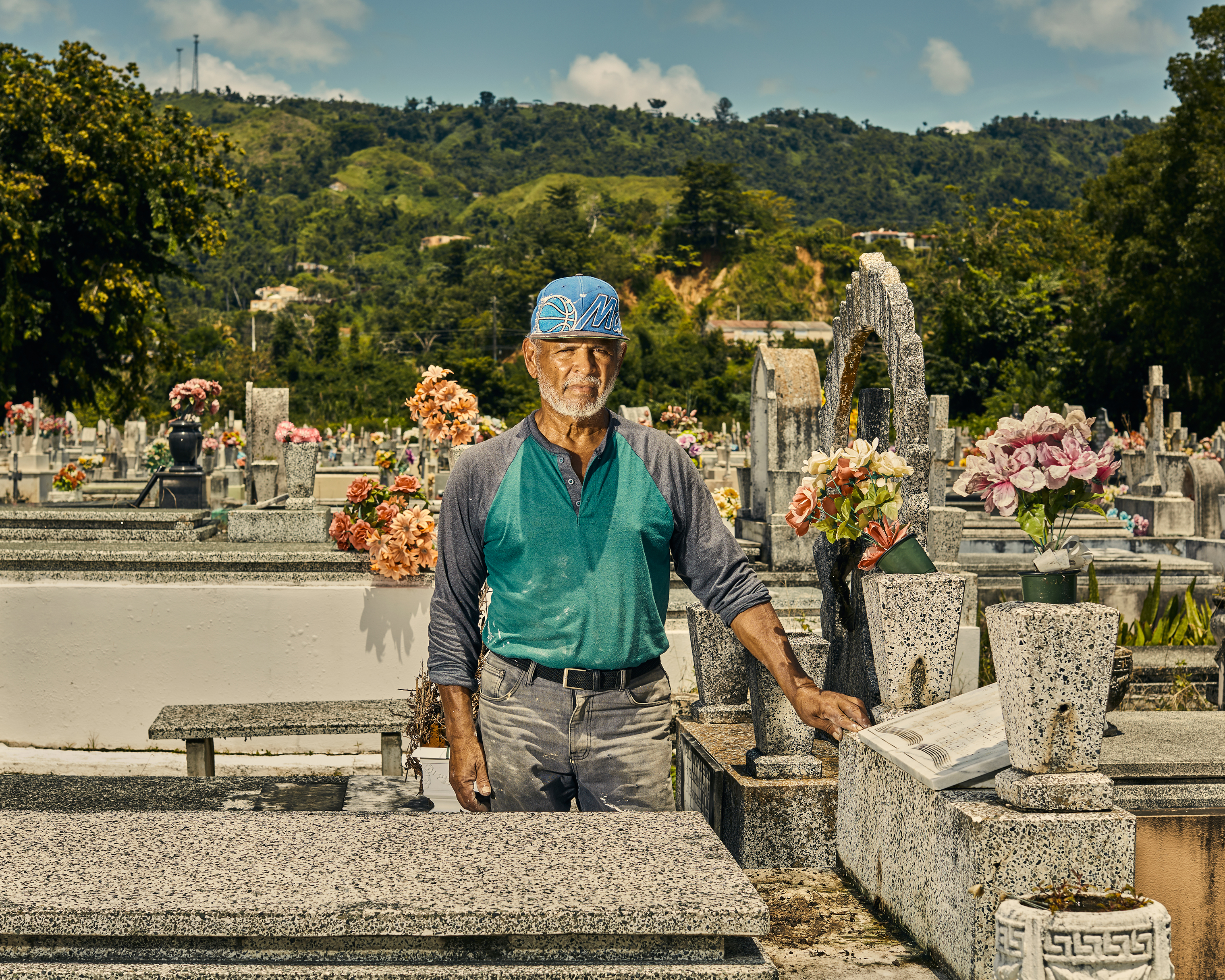
This was life after the storm—uncomfortable, attenuated, vulnerable. But everyone was in it together. Sometimes intimately. Jorge Rosario, 67, Maribel’s neighbor to the north, felt exposed in his own yard. “All the leaves were gone,” he laughs. “You couldn’t even pee.” A PVC pipe extending from a hillside spring at the bend in the road became the village tap, and shower. When she needed to bathe, Zilma Maldonado, who lived across the street, posted her sons as lookouts.
But the truth was Maria made a community out of what had been a neighborhood. Before the storm, some people were already friendly. (Maribel would bring around the coconut cookies she made.) Others might just wave from their driveways on the way to work. Now, everyone looked after one another. After two weeks passed without any aid from outside, Carlos’ mother-in-law, Judith Valentín, hiked into town to alert the National Guard, which had been concentrating aid on a region cut off by a bridge. Afterward, relief arrived in dribs and drabs—first water, wipes and tins of corned beef, then FEMA and private aid agencies. Zenaida, whose house had been crushed by a tree, lists on her fingers what came her way: “Gas stoves, tarps, bedsheets. They helped us a lot. And World Vision gave us a $500 check!” Her stepmother listens beside her in silence, having paid with her own money to repair a part of her roof. Residents on Route 123 graded the official response to Maria at 3 on a scale of 10, some going as high as 4.
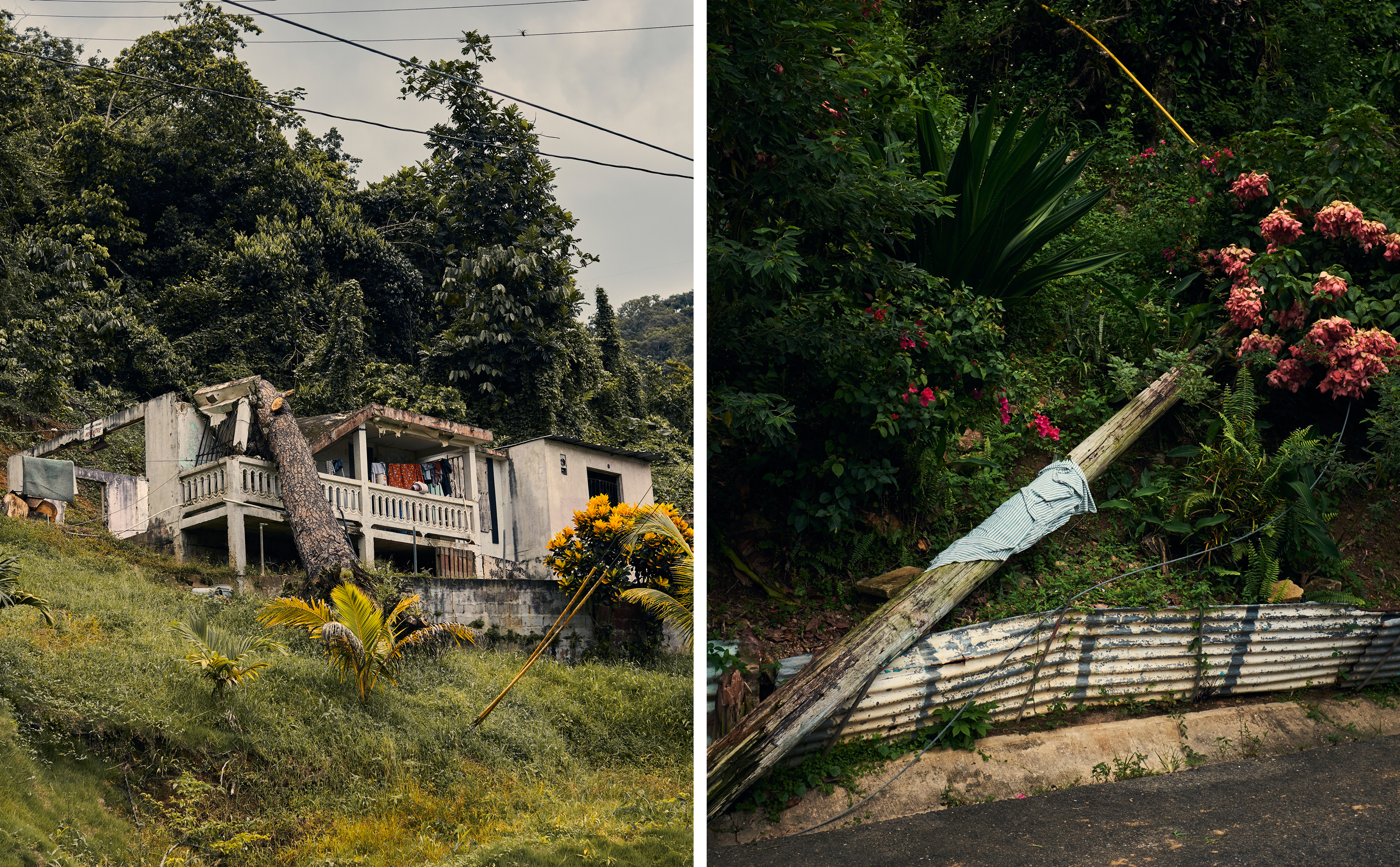
Yet on an island where dependency is an abiding issue—nearly half of Puerto Rican households receive food stamps—the storm also brought a sense of self-sufficiency. “Everyone was clearing bamboo [from the road],” Zenaida says. “Everyone had a machete.” Zilma’s son, Javier, had gone to bed with a shrug on Sept. 19 after his video game lost power. But after the National Guard arrived with water and food, he was moved to join the service. “I have a different perspective now in life,” he says, from Sheppard Air Force Base in Texas. “It was like, I got to stop messing around, I got to do something. A lot of people I know were like that.”
The central essential lesson of Maria, however, was that modern life is fragile. Sustaining it requires a webbing—of power lines and cold chains, cell towers and data packets—that is not easily stood up once knocked down. One morning in late February, Yolanda’s husband Juan Rivera woke as usual but could not rouse his wife. After five months of relying on ice to cool her insulin, she had slipped into a diabetic coma. Juan ran around the yard with his cell phone aloft, searching frantically for a signal so he could summon an ambulance. He suspects the one he found was bounced off a balloon that Alphabet, the parent company of Google, had launched around the island to stand in for hobbled cell towers.
Without it, or a road passable by an ambulance, Yolanda might well have joined Carmen, Iván and Maribel among the nearly 3,000 dead. “Places that are filled with vulnerable people, if you lose power, you’re going to risk loss of life,” says Dr. Lynn Goldman, dean of the Milken Institute School of Public Health at GWU, which Puerto Rico hired in February to finally clear up the question of fatalities.
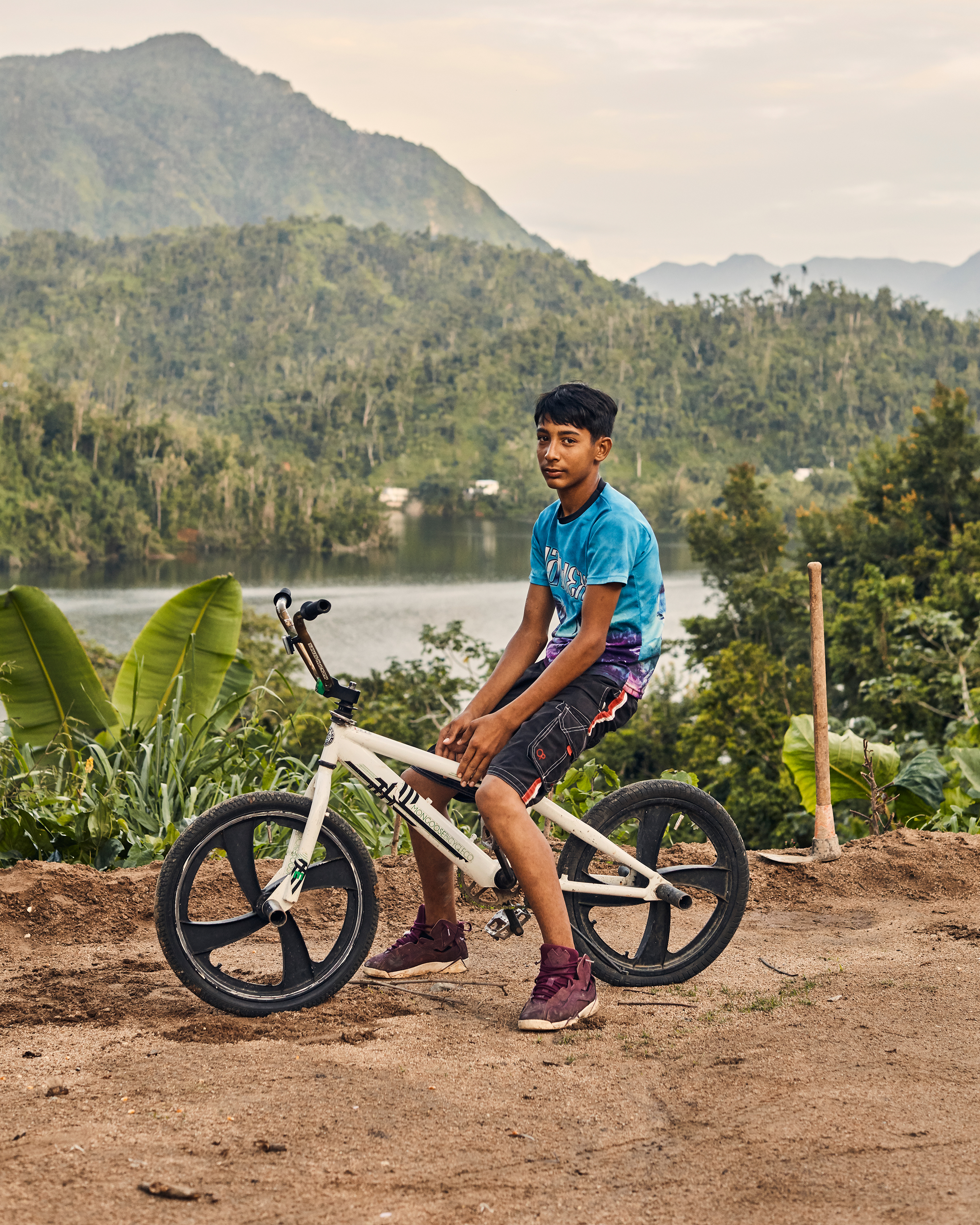
For months, the governor had avoided the issue, working to cultivate Trump and maintain the notion that the response was somehow a federal success. But as time passed, the death count was viewed as a dangerous distortion in the fact-driven world of disaster preparedness.
The response to each new storm is, after all, informed by insights gleaned from the last. During Hurricane Floyd in 1999, Georgia and South Carolina pioneered turning freeways into one-way evacuation routes, and North Carolina followed suit as Florence approached. There was no evacuating Puerto Rico, but lifesaving lessons lurk in every catastrophe. In July, FEMA published its own after-action report, listing its shortcomings in Maria, including staff shortages and warehouses nearly empty when the storm arrived.
“You need to know if a lot of people died,” says Dr. Satchit Balsari, one of the first researchers who set out to correct the record, in a study by Harvard. “It sheds light on the enormity of the disaster, but importantly it helps us prepare for the next disaster.” The Harvard study, which used random interviews with households to estimate the possible range of the storm’s fatalities, found the death rate in Puerto Rico was still above normal on Dec. 31.
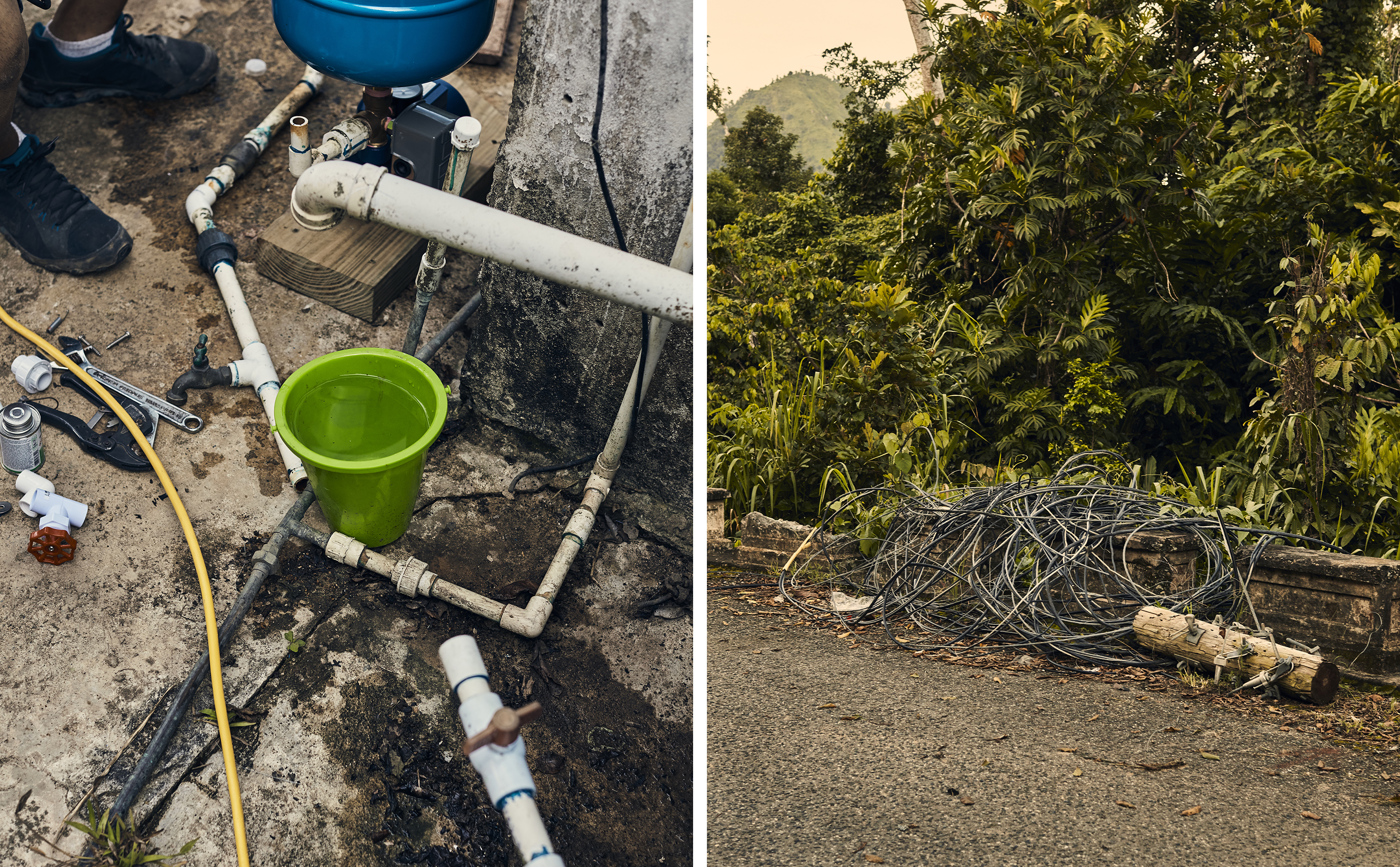
GWU’s study, with the cooperation of the government, used death certificates, which turned out to be as reliable in Puerto Rico as elsewhere in the U.S. They provided a historical baseline for the number of deaths that usually occur on the island from late September to late February. By tallying every death during the six months after Maria, then subtracting the baseline, researchers had the number resulting from the storm, including the “indirect deaths” the CDC says should be counted in the aftermath.
The math wasn’t simple. The study adjusted for variables, including what Goldman called the “amazing” number of people who fled Puerto Rico after the storm for the U.S. mainland. Among the 300,000 who fled were Juan Santiago, who joined relatives in Florida, and Zilma’s two sons. All told, four of the dozen houses at the bend stand vacant a year after the storm.
And more may empty. Electricity is still iffy, and Puerto Ricans remain on edge. With the approach of each tropical depression, people rush to book flights out, empty supermarket shelves of bottled water and form lines at gas stations. Just an hour of rain on Sept. 12 this year caused flooding in San Juan’s streets. The island may look like it did before Maria: the leaves came back in the spring, houses have been rebuilt. But underneath, systems are still choked by what the storm left behind.
“I lost my daughter,” says Maribel’s mother, Magdalena Flores. She stands on her front porch in a housedress, eyes brimming. “She was everything to me.”
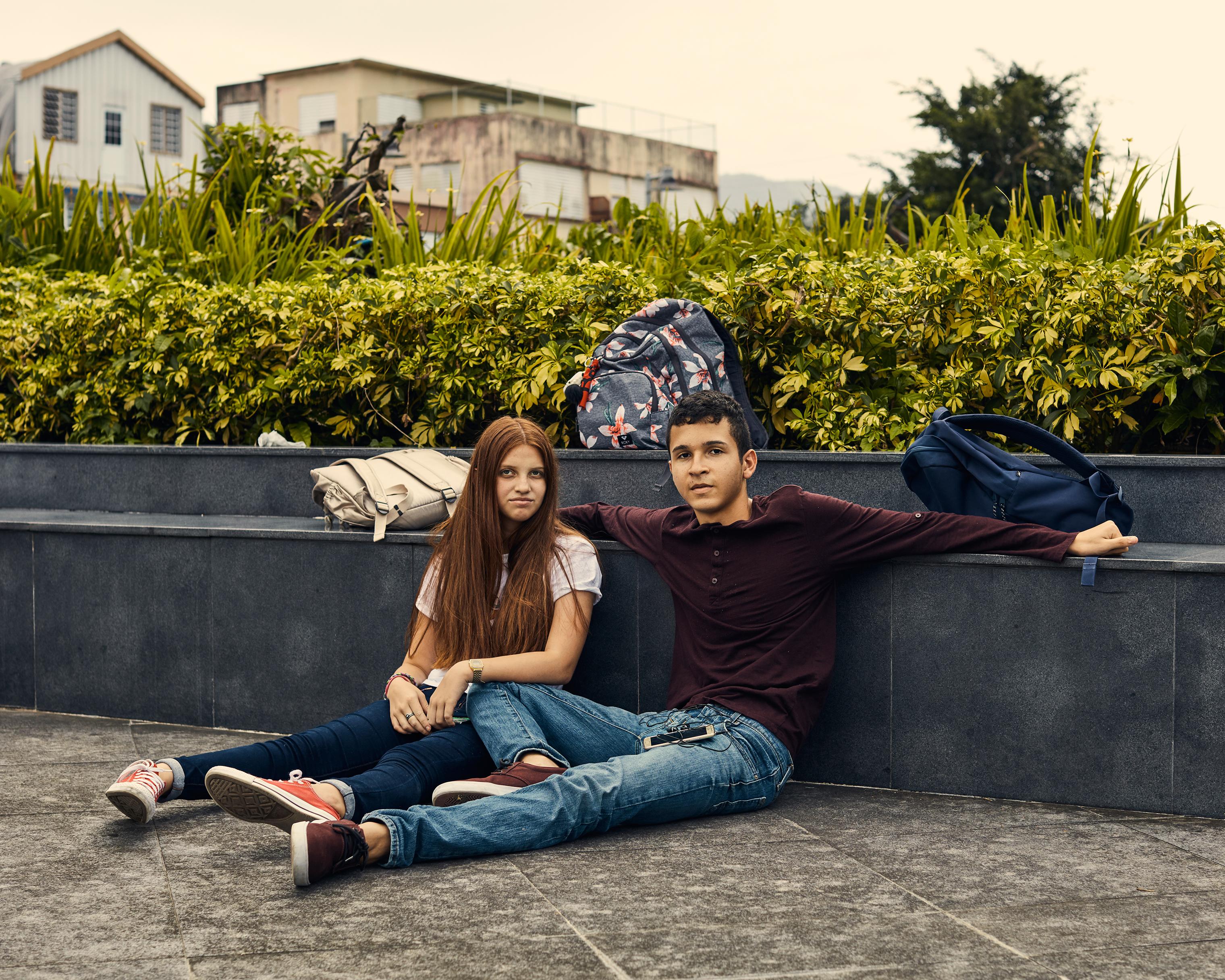
—With reporting by George Rivera/Arecibo and Utuado; and Arpita Aneja/New York
- Donald Trump Is TIME's 2024 Person of the Year
- Why We Chose Trump as Person of the Year
- Is Intermittent Fasting Good or Bad for You?
- The 100 Must-Read Books of 2024
- The 20 Best Christmas TV Episodes
- Column: If Optimism Feels Ridiculous Now, Try Hope
- The Future of Climate Action Is Trade Policy
- Merle Bombardieri Is Helping People Make the Baby Decision
